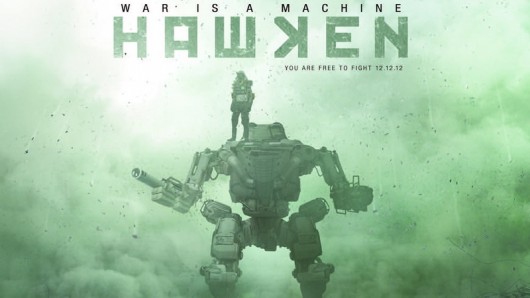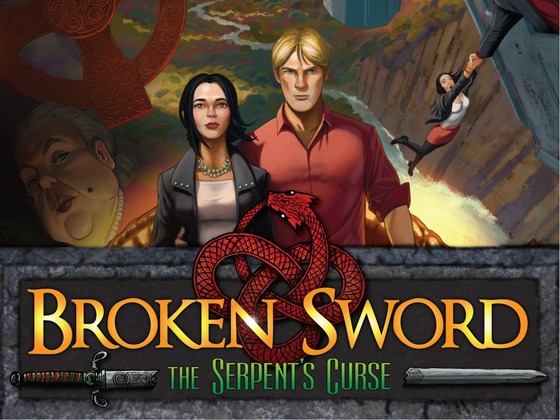BA4 Project 1 - Game Design Document
So, we are to re-imagine, re-interpret and re-design an existing game. Re-bootastic!
Here's a summary of the initial brief from our Course Leader Marie-Claire Issaman:
BA4 - Games for re -imaging/re-interpreting
Medal of Honor: Developed by DreamWorks interactive, published by Electronic Arts. Story created by Steven Spielberg. First released 1999.
First person/Multi player options
Genre - War (WW2), History, documentary elements.
The Portopia Serial Murder Case Designed by Yuji Horii and published by Enix. Sophisticated for its time as a interactive fiction - Influential title that defined the visual novel genre on games.
First released on June 1983
First person perspective/narrative
Genre - Investigation adventure,
FlOw That Game Company -Created by Jenova Chen and Nicolas Clark Debut game of That Game Company precursor to Flower, originally released as a flash game.
Genre - Art, Abstract, Innovative, Immersive, Casual game.
Fatal Frame II: Crimson Butterfly known in Japan as Zero:Akai Cho and in Europe as Project Zero II: Crimson Butterfly
PS2 2003 and Directors cut 2004 Xbox 3rd Person/1st person
Genre - Horror/survival
Moshi Monsters 2007 - Mind Candy
Clear influences from Pokemon/Tamagotchi/Pet Society - 65 million registered users 150 territories worldwide, amalgamation
Genre - multiplayer online, social, intensive merchandising, transmedia
The list is fairly varied although I imagine the lack of Science Fiction/Fantasy genre examples is deliberate! (Don't even get me started on the "Fantasy Trope Bottleneck Conundrum"!)
After some consideration of the games given in the initial brief I narrowed it down to 3 of the 5.
Medal of Honor, flOw and Fatal Frame II: Crimson Butterfly.
I thought that "The Portopia Serial Murder Case" would be too hard to find background material for and now so rare to find that actually playing it through would be near to impossible. The "player as detective" game genre is certainly intriguing and it's a genre that has a rich literary history that could be trawled and adapted for reinterpretation. It might also be an idea to play with the narrative conventions of the detective pursuing the serial killer, especially in terms of time-line and the antagonist/protagonist dynamic.
Moshi Monsters - My son Ethan loved Pokemon and I can certainly see the appeal of "Pocket Monsters" and how a collect-em-all franchise is certainly a commercially attractive prospect, especially when combined with a graphic aesthetic and associated media designed to appeal to children. It occurred to me that these cartoon monsters are almost always based upon the Japanese Anime graphic design and there may be other emerging cultures and markets that have rich mythologies around the world to adapt, perhaps Asian Indian or South American Myths? Maybe for another time...
Fatal Frame II: Crimson Butterfly looked interesting. There are many examples of the Horror and survival genre that exist in cinema and novels that haven't yet made the transition into the media of the video game, and also vice-versa. I would like to try a post-apocalyptic post-rapture The Omen/Exorcist/Constantine hybrid at some point but now is not the time...it could very quickly become A) Epic B) Complex and C) Libelous.
So...Medal of Honor 2010 by Electronic Arts.
Gritty modern day FPS are not my usual game of choice; by nature I'm drawn to more open and "speculative" narratives but in the name of Art and Design, full of "new student zeal", I rushed to Game to find a copy.
"They shall grow not old, as we that are left grow old:
Age shall not weary them, nor the years condemn.
At the going down of the sun and in the morning,
We will remember them."
Okay. That silent opening salvo set the tone right there. This game has gravitas. War is a solemn subject. This game respects the soldier and is not to be taken as light entertainment at all. It deals with the serious, almost sacred, duty of War and the heroes that emerge and fall, rise and die, in far off lands for our freedoms. Heroes that gain our national respect and enter immortality as they take their exit from that dark and fog bound theatre, stained by the bloody mud of countless booted feet marching forever into death and glory. Hmm...although this game is designed to respect the ordinary soldier and their sense of duty this seemed contrived and jingoistic to this old peace-loving pacifist...
I was impressed by the craftmanship and the attention to detail. The opening cinematic sequence was a compelling blend of documentary Fox news-story and American drama serial, dropping in from the global view of communication satellites down into the combat zone of contemporary Afghanistan.
There are elements of FPS that are undoubtably enjoyable; the tense atmosphere, the excitement and adrenaline of "battle", the well aimed headshot. However when the "enemy" looks realistic it feels too much like the actual experience of shooting people. Real people with Mothers, Fathers, children of their own. However much the face is covered with a headscarf or helmet the target is recognisably human and that makes me, as a player, uncomfortable. As much as I can become a carefree 8-year old back on the common playing army, building dens and tossing endless supplies of invisible grenades, the recognition that in real life injury and death are the painful consequence of real life conflict is always at the forefront of my mind.
It is strange to think that the rating for the game is 18 when as an 8 year old I would have innocently relished the rat-ta-tat-tat of this war-game.
I began to re-imagine Medal of Honor from the point of view of a doctor or medic where the aim of the game is to prevent casualties, treat wounds and save lives in the midst of incredibly difficult and dangerous situations.
That was certainly an option. However the given task is to complete and present a Game Design Document in around 7 weeks. The amount of detail and research required to produce realistic and convincing assets for a triple A title of this kind would take much longer to produce.
After being introduced to Bradley and talking through our preferred options we decided to re-imagine a game based on the principles behind "flOw" by That Game Company.

flOw is described as "a game about piloting an aquatic organism through a surreal biosphere where players consume other organisms, evolve, and advance their organisms to the abyss."
The design features of flOw are summarised by the developer as:
- Minimal control opens the door for casual gamer and non-gamer
- Control the balance between speed and turning leaves space for hardcore player to master
- Wide range of gameplay from simply swimming around to strategical evolving and intensive fighting for survival
- Customize flow experience naturally through the core gameplay, swimming and eating
- Transparent and meaningful choices
- Small risk, small reward; Big risk, big reward
- Minimal penalty, no Flow breakers
"flOw" is freely available to play online at http://www.jenovachen.com/flowingames/flowing.htm
Jenova Chen has also written a thesis called "Flow in Games a Jenova Chen MFA Thesis" which can be read at http://www.jenovachen.com/flowingames/thesis.htm
Based on the work of the psychologist Mihaly Csikszentmihalyi, his aim is to promote the feeling of "fun"; a joyous, almost ecstatic, feeling that is experienced as timelessness, exhilaration and energetic ease by the player.
"People associate many feelings with “fun”, the sense of timelessness, of being at one, of exhilaration, focus, immediacy. All of these are characteristic of "fun"....
At this point, fun can be defined as Flow, a balance of the relationship between challenge and ability." - Flow in Games a Jenova Chen MFA Thesis
Chen equates the subjective state of "fun" with the experience of "Flow". Flow is attained when the subject is neither too anxious when challenged beyond their ability nor too bored because the given task is too easy. The Flow Zone lies between these states. In terms of Game Design, Chen aims to enable the player to attain Flow by embedding "active Dynamic Difficulty Adjustment" within the game. The Game Designer designs the game to be intuitively readable by the player who can then effectively set their own level of difficulty. By choosing to interact with elements in the game space or avoid challenging elements the player navigates and negotiates a path through the game that is attuned to their own Flow Zone.
"...here are the three core elements a video game must have in order to evoke
Flow experience.
-
As a premise, the game is intrinsically rewarding, and the player is up to play the
game.
-
The game offers right amount of challenges to match with the player’s ability, which
allows him/her to delve deeply into the game.
-
The player needs to feel a sense of personal control over the game activity.
As a result, the game will make player lose track of time and self-consciousness." - Flow in Games a Jenova Chen MFA Thesis
In the next post I shall explain how we will use these core elements to design our own game and inform our iterative creative process. We will also take cues from the game world and aesthetic of "flOw" to create a unique and refreshed experience of fun for our players!









.jpg)















,+The+Body+of+the+Dead+Christ+in+the+Tomb.jpg)













